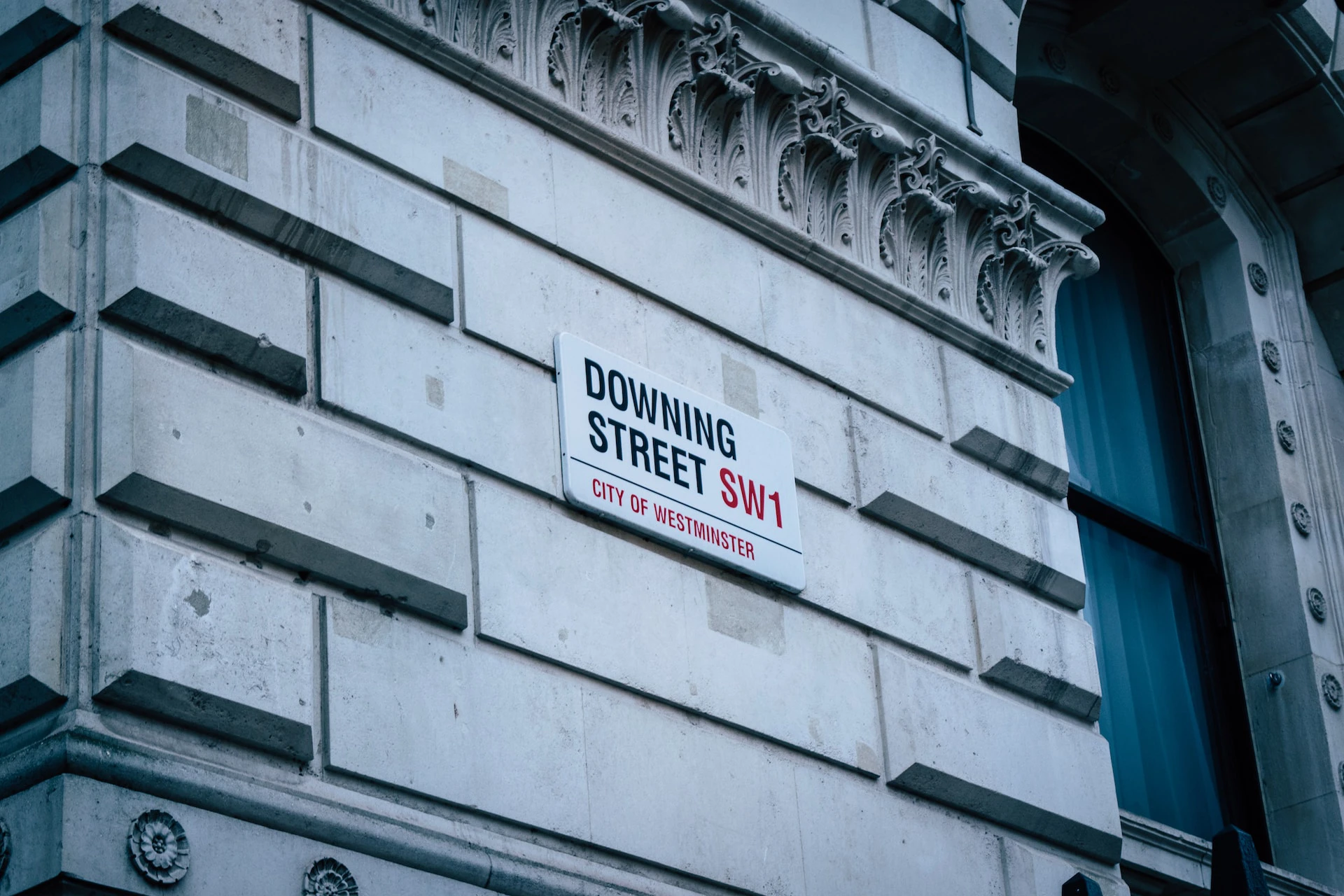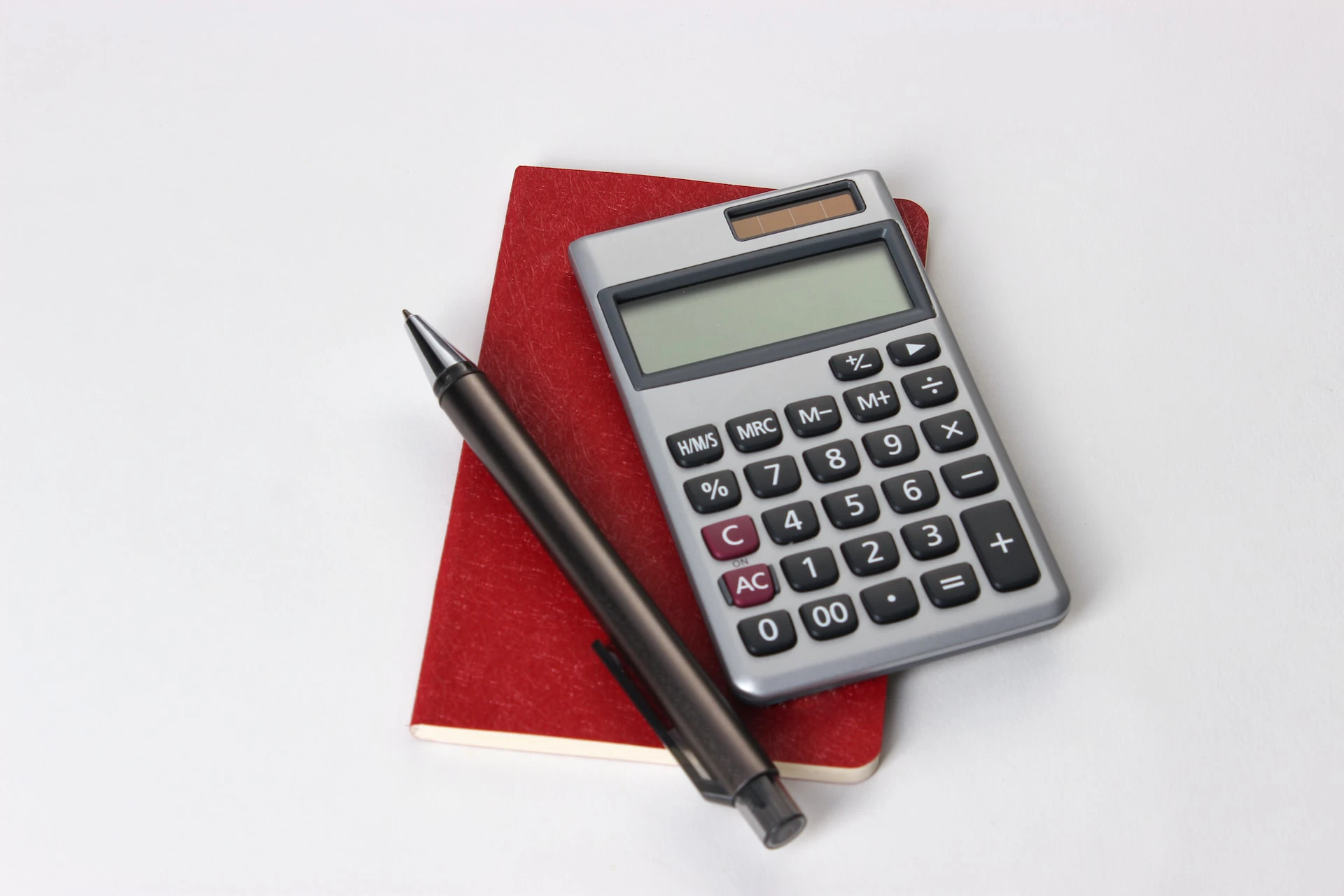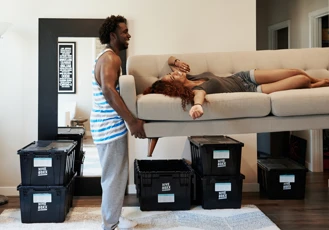With a limited window to avoid a substantial hike in Stamp Duty, buyers need to prepare for a potential additional cost on their mortgage to the tune of thousands of pounds. While regulations can change, and we’ll only know closer to the time if Stamp Duty rules will change, it’s best to be prepared for all eventualities.
Plan for the worst but hope for the best, is what we recommend.
The current Stamp Duty threshold is set at properties costing more than £250,000. This threshold is slated to drop dramatically from March 2025, leading to a significant tax increase for those looking to buy a home.
Let’s explore how this is going to affect you.

How did Stamp Duty change?
Following what is universally hailed as a disastrous mini-budget in 2022, then-Chancellor Kwasi Kwarteng introduced changes to the Stamp Duty thresholds. He increased the Stamp Duty threshold from £125,000 to £250,000 for general buyers and from £300,000 to £425,000 for first time buyers. Some noted that this could be a good thing for buyers, and the move was largely received as the only positive thing to come from those announcements.
We wrote an article following the original announcement that goes into more detail, if you want to check it out!
Jeremy Hunt, our current chancellor, further noted that these amendments would remain for the time being, but would revert back in March 2025.
Despite the change, UK homebuyers still paid more in Stamp Duty than we ever have before, with the country paying an approximate £15.4 billion in 2022/23.1
The average cost of Stamp Duty, now and to come
If the average house price is £290,000 (as of July 20232), first time buyers will pay no Stamp Duty unless their property is worth £425,000 or more. Existing homeowners would need to pay £2,000 in Stamp Duty.
With the new rules and the same average house value, first time buyers would still not have to pay Stamp Duty. However, if their property is worth £300,000, they will be taxed at 5%.
|
Stamp Duty |
First time buyers |
Current homeowners |
|
Cost under current rules |
No cost |
£2,000 |
|
Potential cost under new rules |
No cost (5% of homes’ value if over £300,000) |
£8,250 |

How have we worked this out?
For first time buyers, the current threshold is £420,000 so there is no need to pay anything for a house worth £290,000, and the same would apply for the £300,000 threshold, which is coming.
For existing homeowners, Stamp Duty is calculated as a percentage AFTER the initial baselines are met.
Anything after £250,000 is taxed at 5%. After £925,000, this increases to 10%, and after £1.5 million, to 12%.
So, for current tax rates, existing homeowners are paying tax on £40,000, at a 5% rate. For the 2025 rates, existing homeowners will pay tax on £165,000, as the repealed baseline will be £125,000.
What to do about the 2025 Stamp Duty changes
Currently there isn’t much you can do but prepare. If you plan on buying a house before the 2025 Stamp Duty rules take hold, then you’ll have the opportunity to take advantage of the lower tax rates. However, not everyone is ready to buy right now, or even in the coming months.
In this case, you want to start saving for a Stamp Duty payment. While there are options for some to add their Stamp Duty to their mortgage, it’s not a possibility for everyone, so it’s best to start setting some additional money aside as you build up your deposit.
We’ve put together a few key articles you can use to shape up your budget and get your savings goals moving:
One of our expert mortgage advisers would be able to offer further advice about this and would be more than happy to get in touch with you for an initial free, no obligation chat.
Let’s connect and discuss your options today!
If you're looking at buying a house then we recommend exploring our homebuying app. It's specifically designed to get you from A-Z, giving you all the tools you need to buy your home!
References and sources:
Important information
Your home may be repossessed if you do not keep up repayments on your mortgage.
There may be a fee for mortgage advice. The actual amount you pay will depend on your circumstances. The fee is up to 1% but a typical fee is 0.3% of the amount borrowed.







